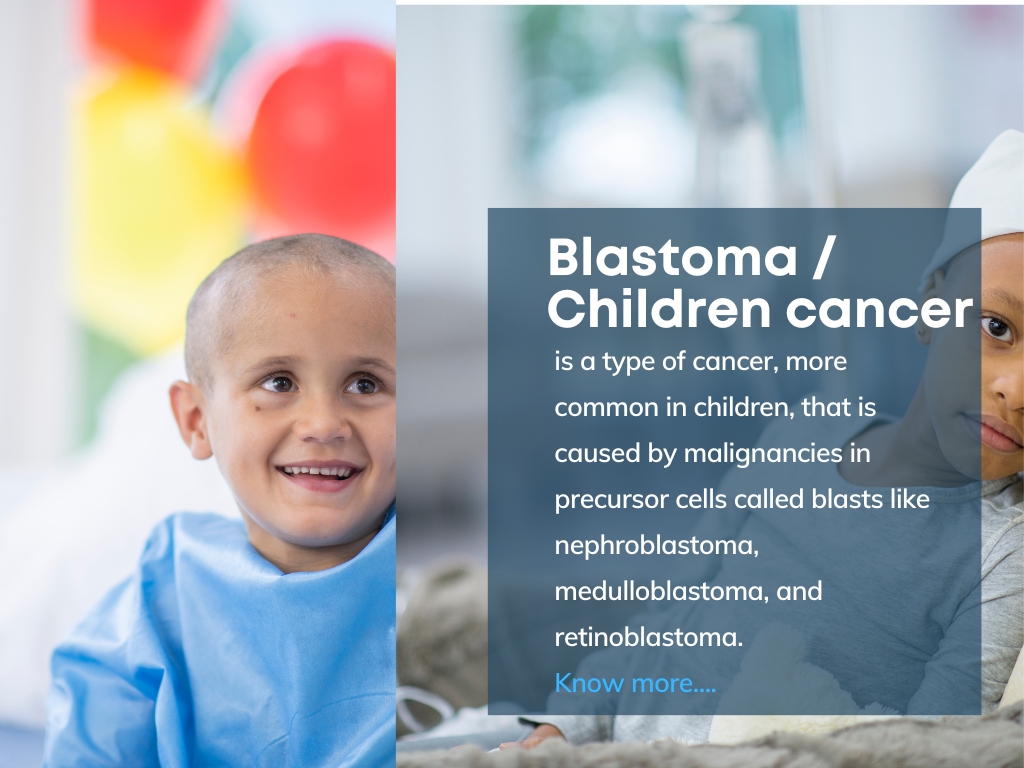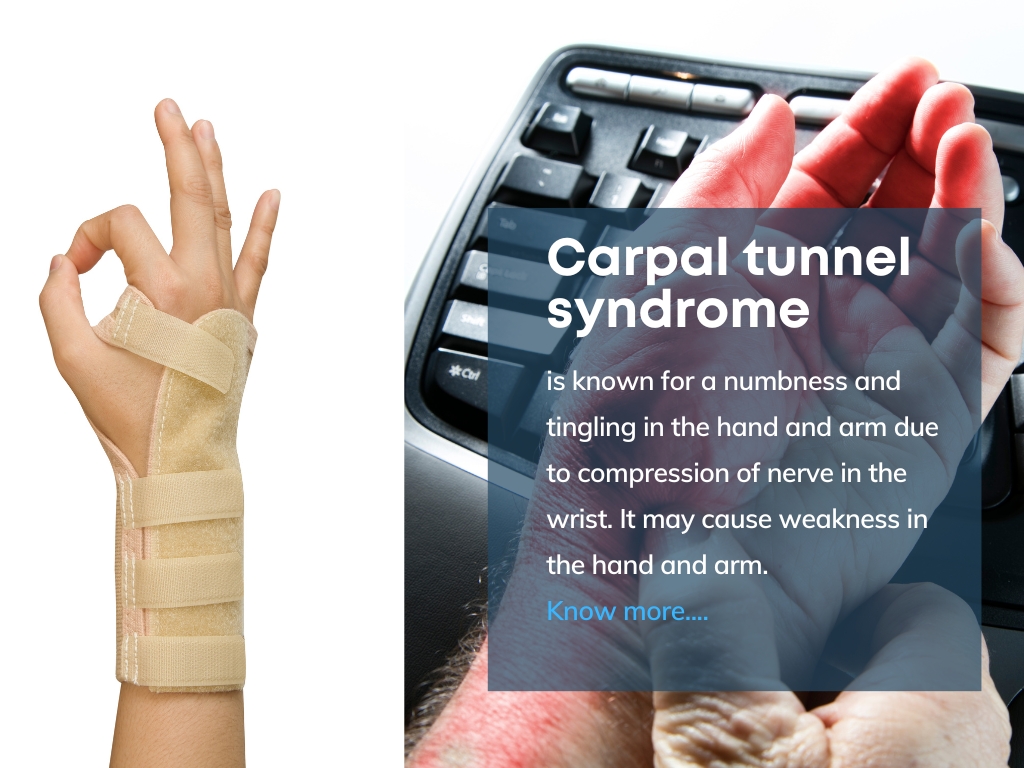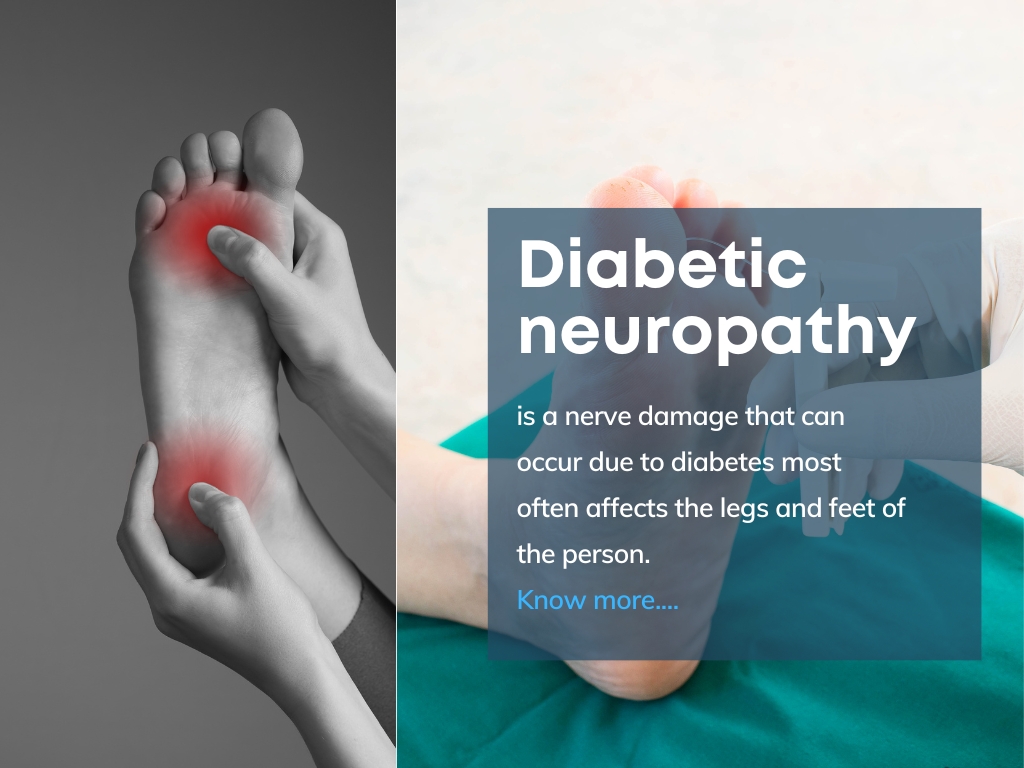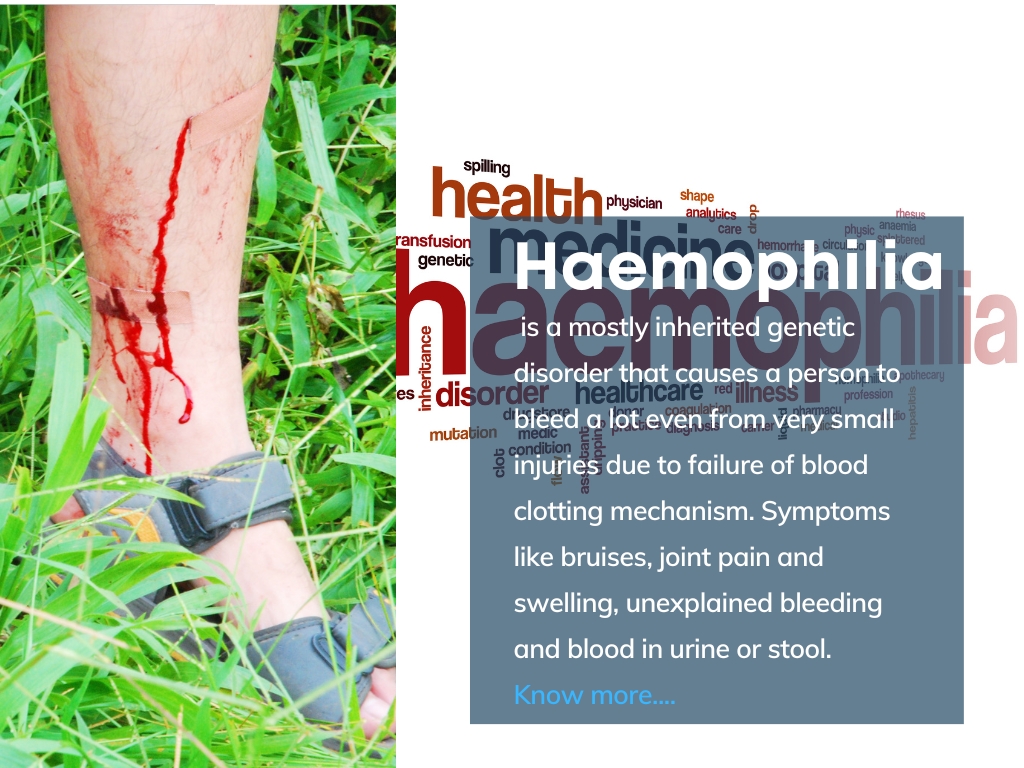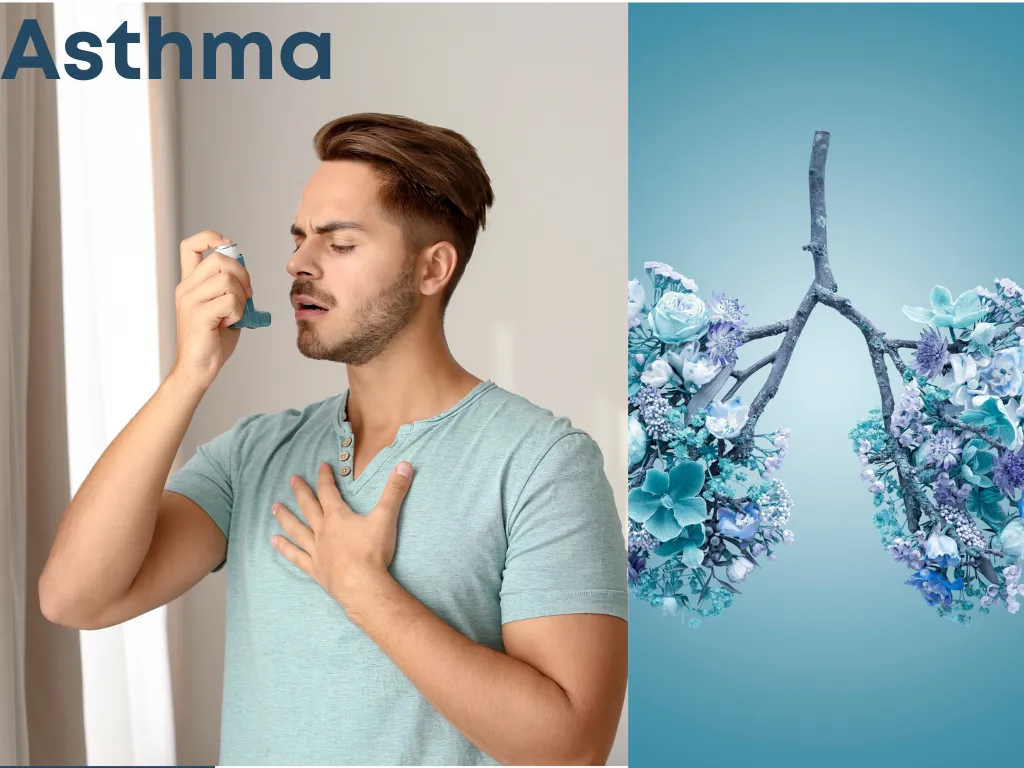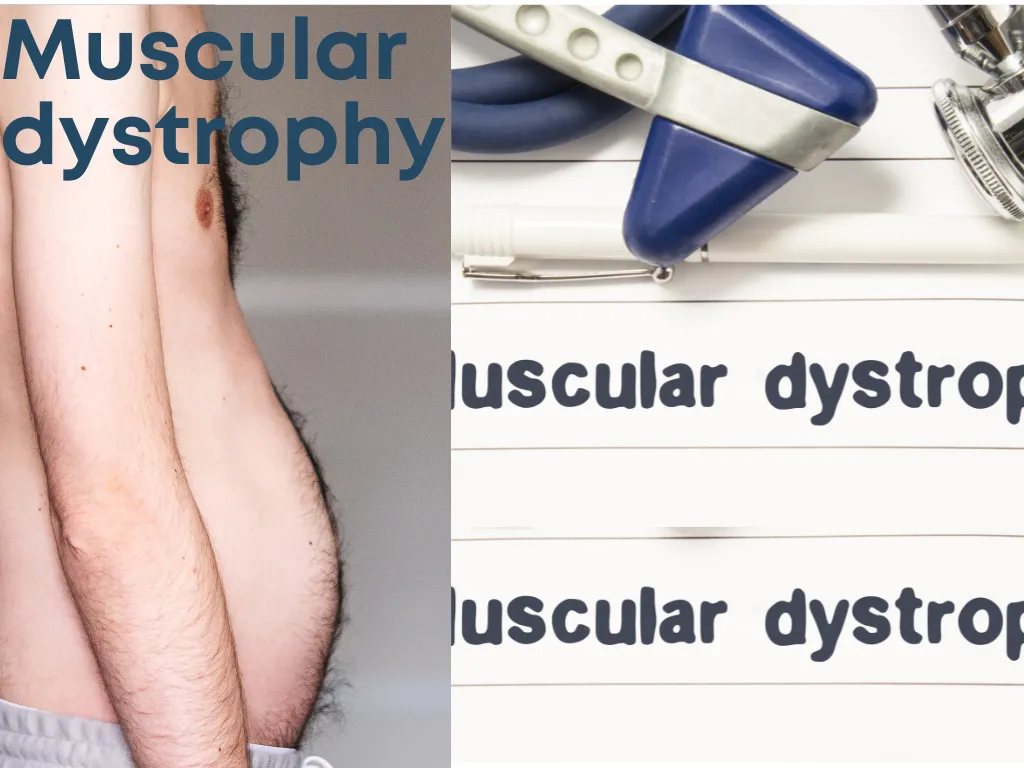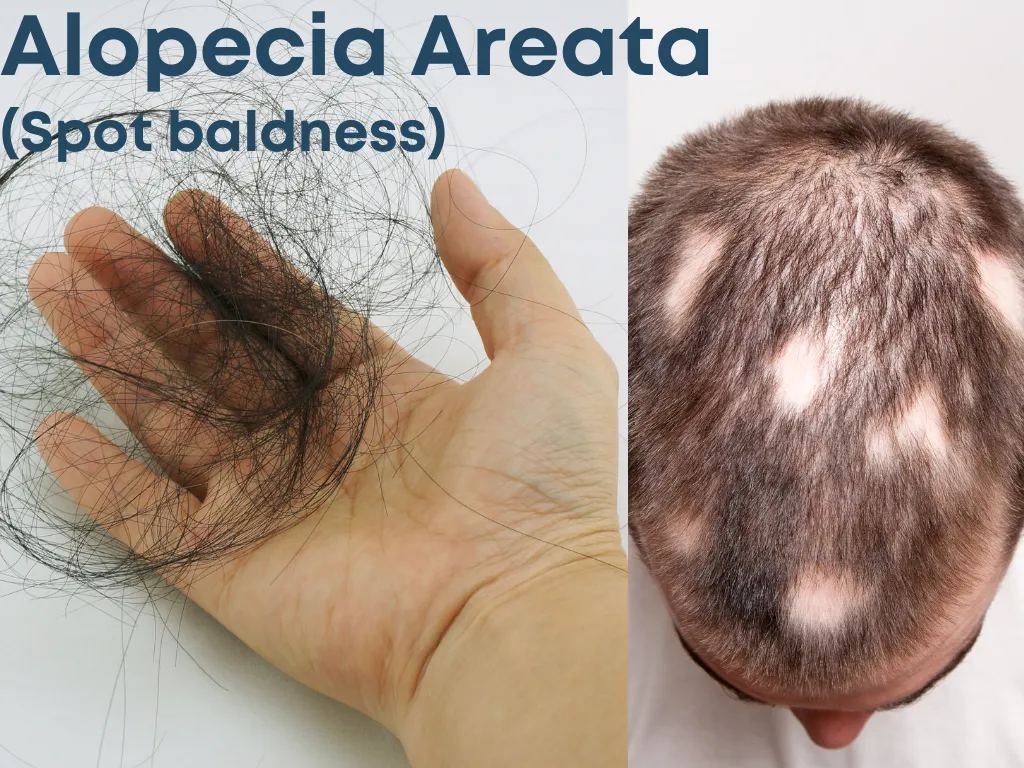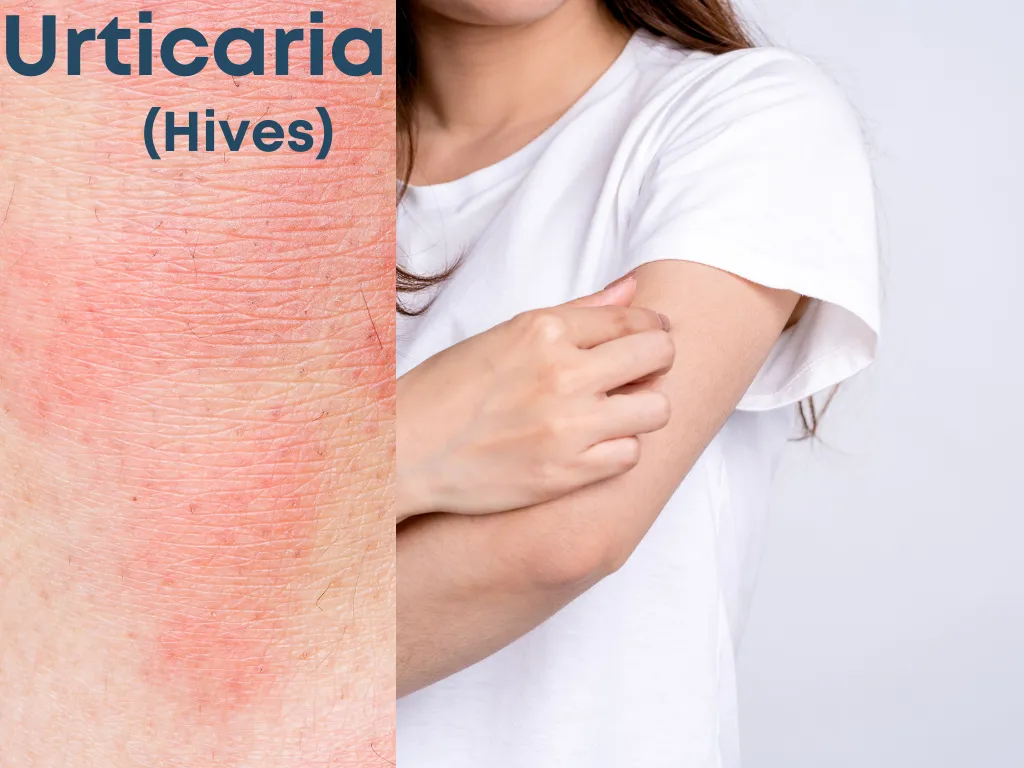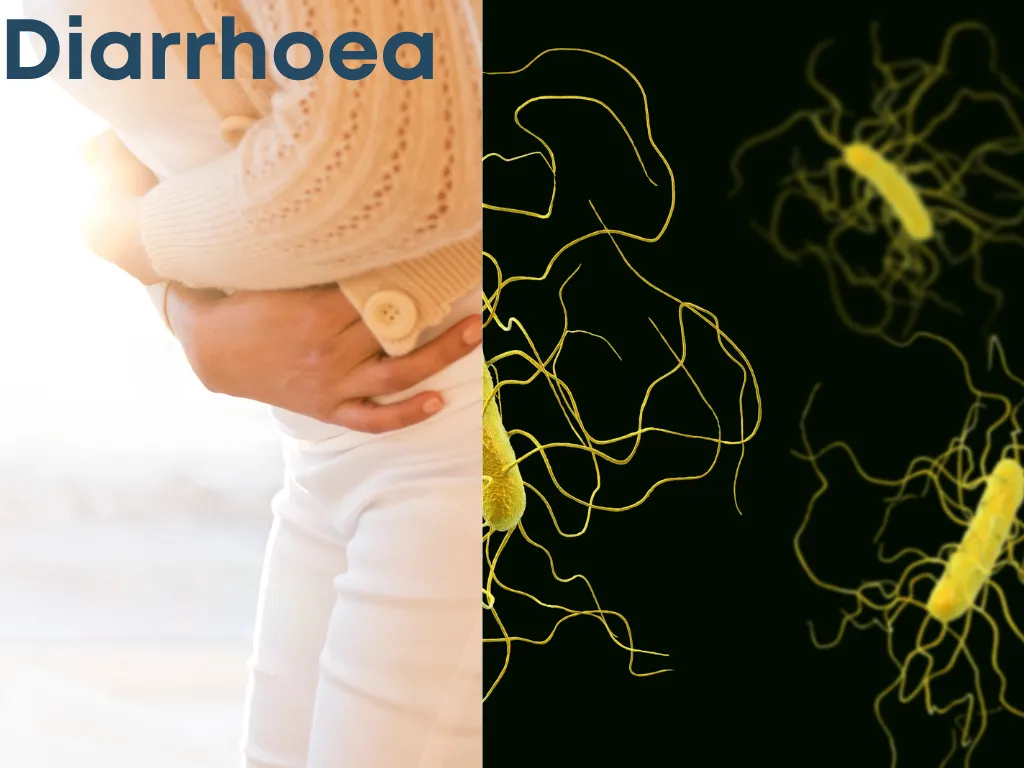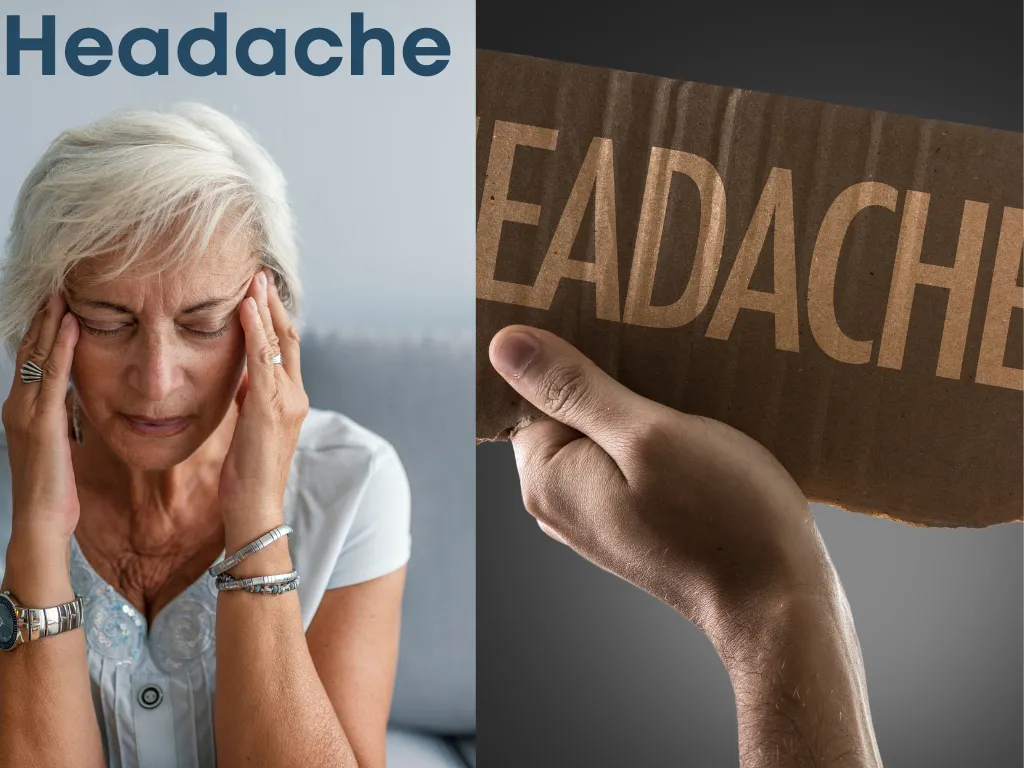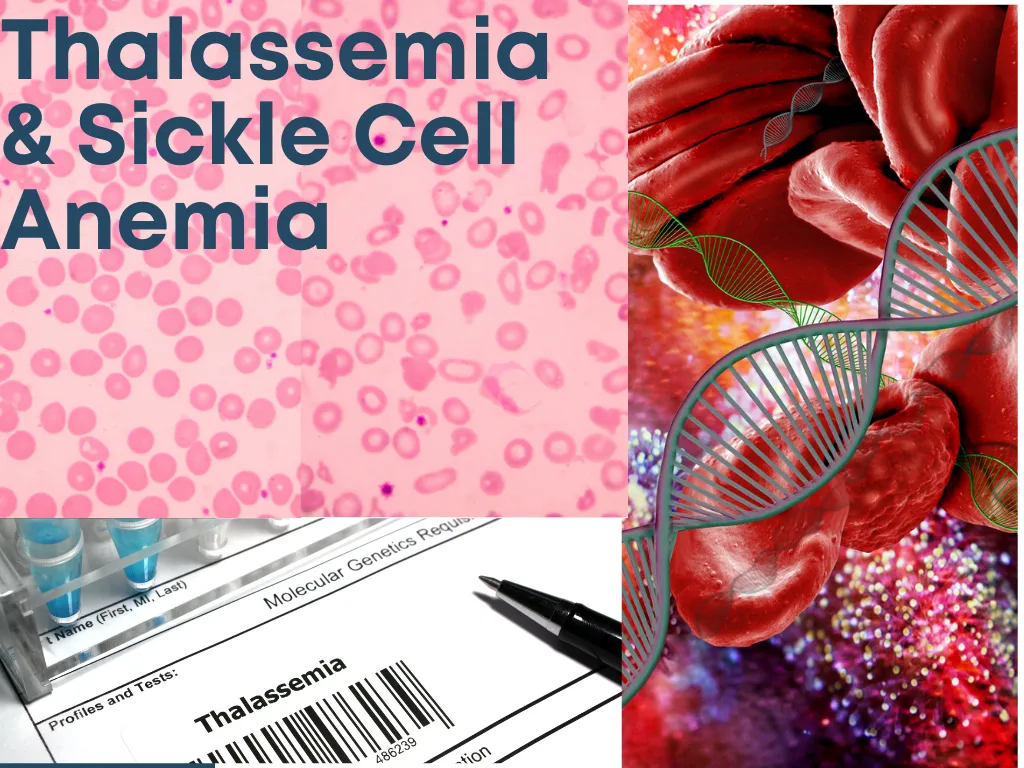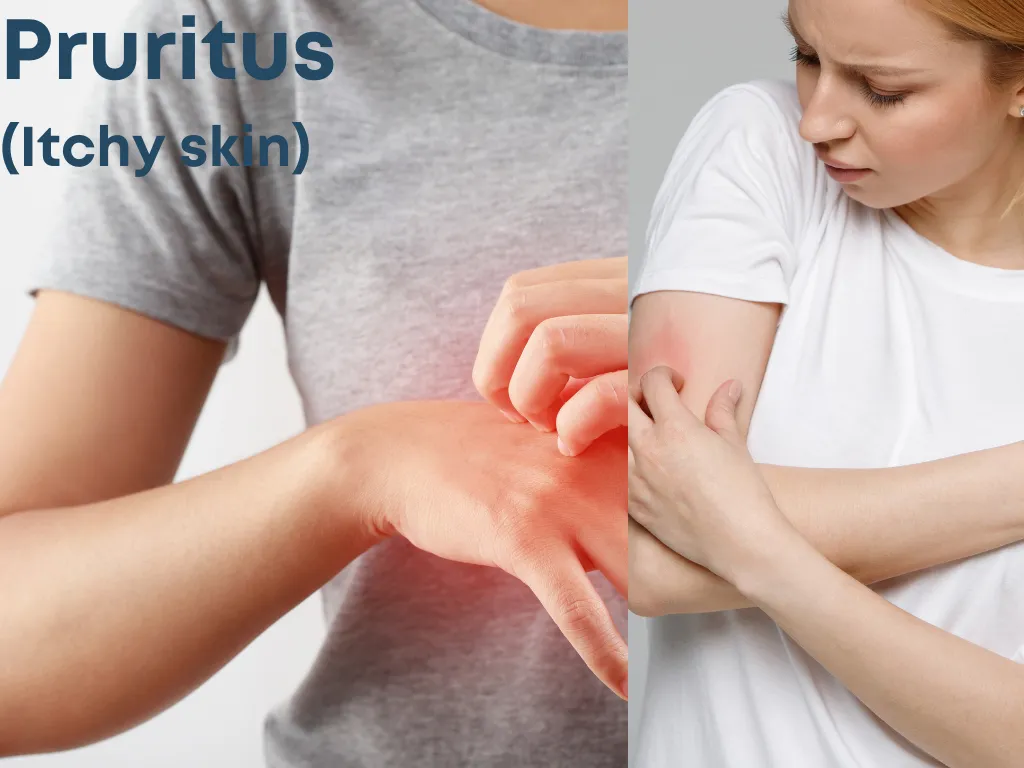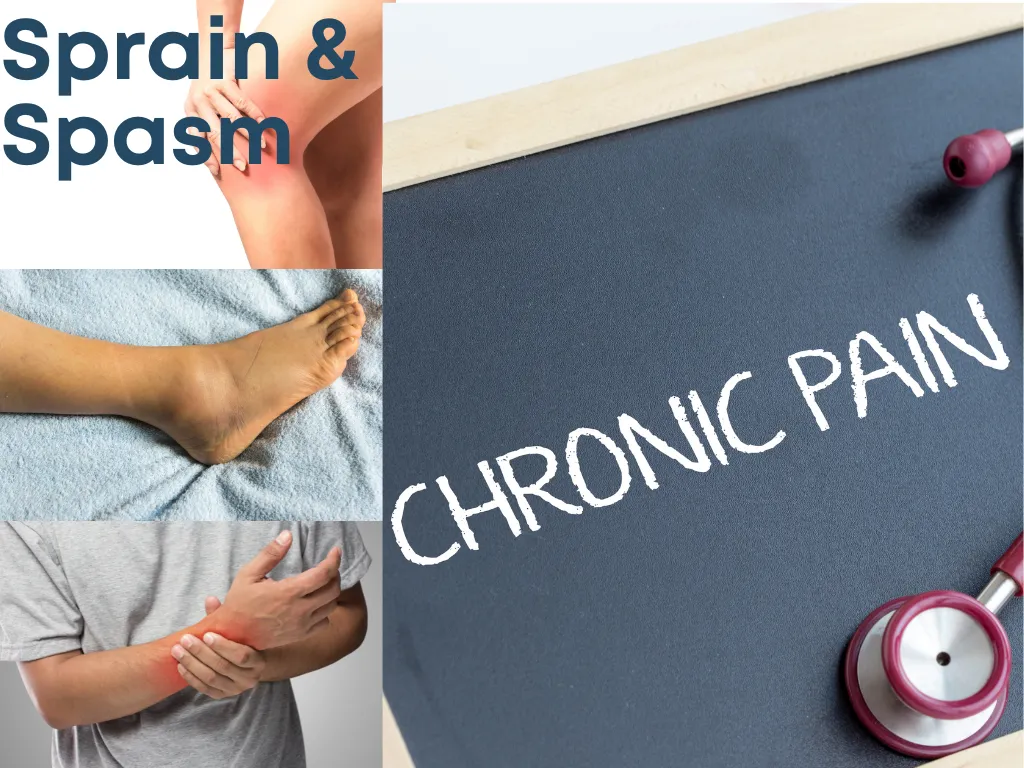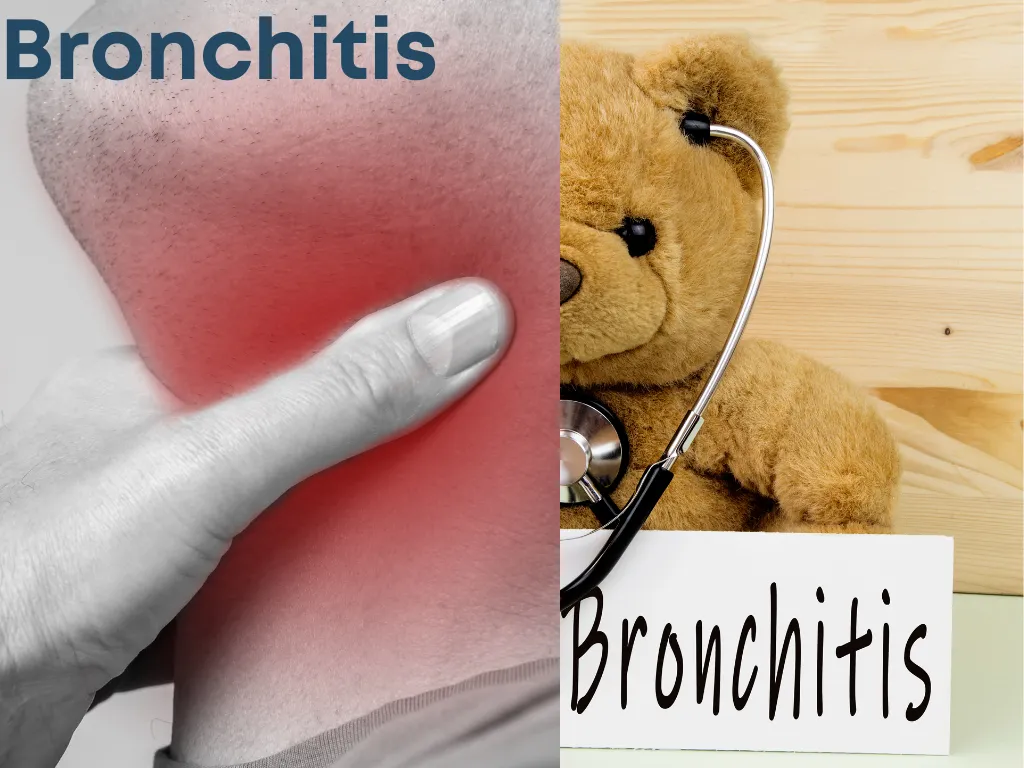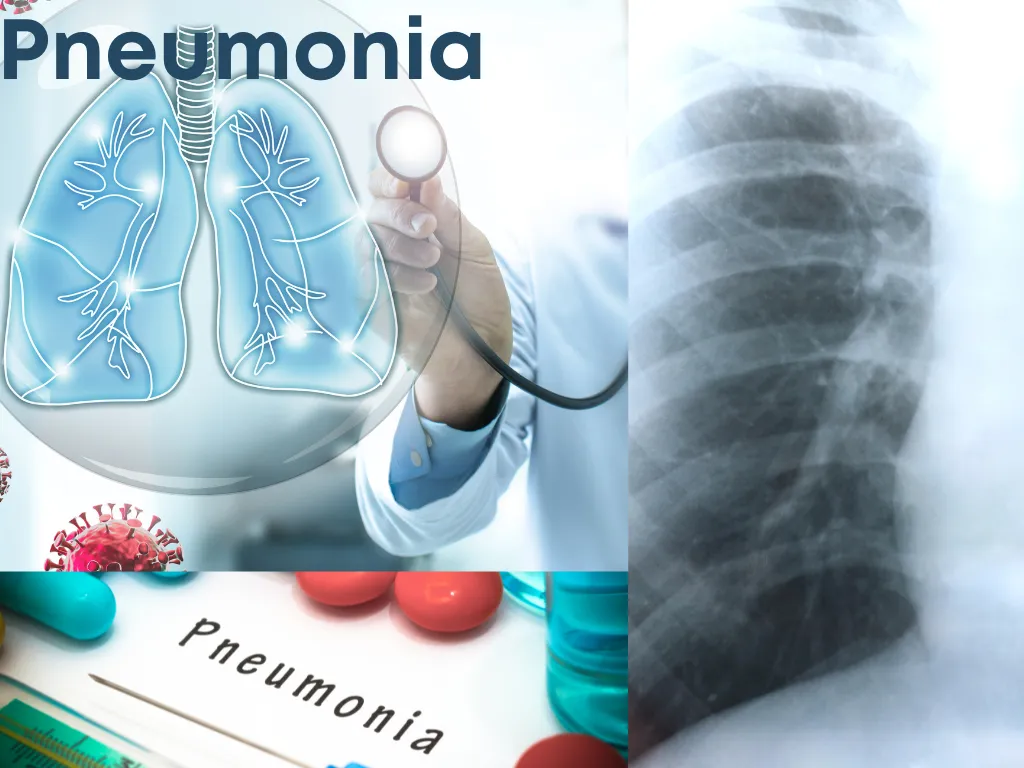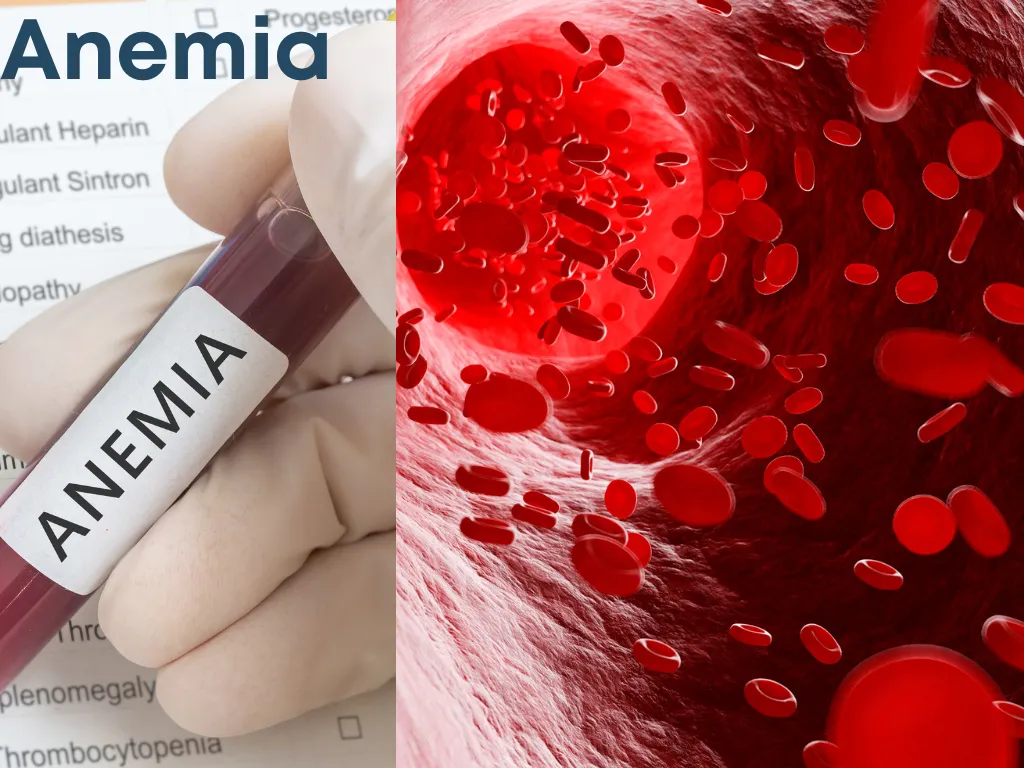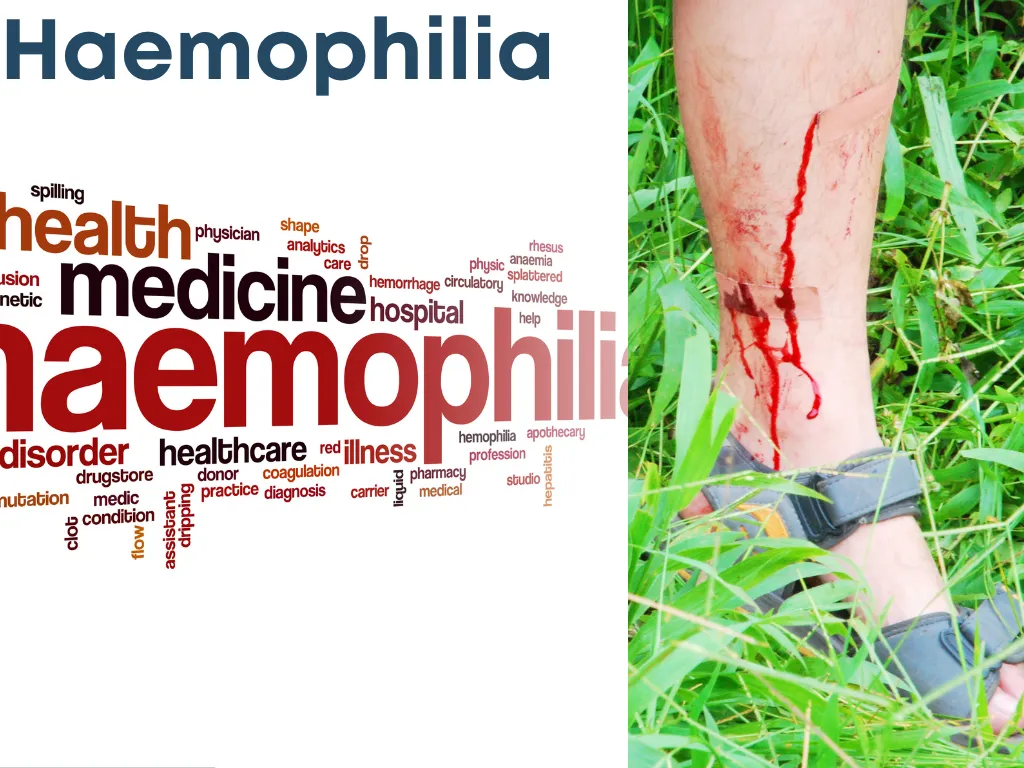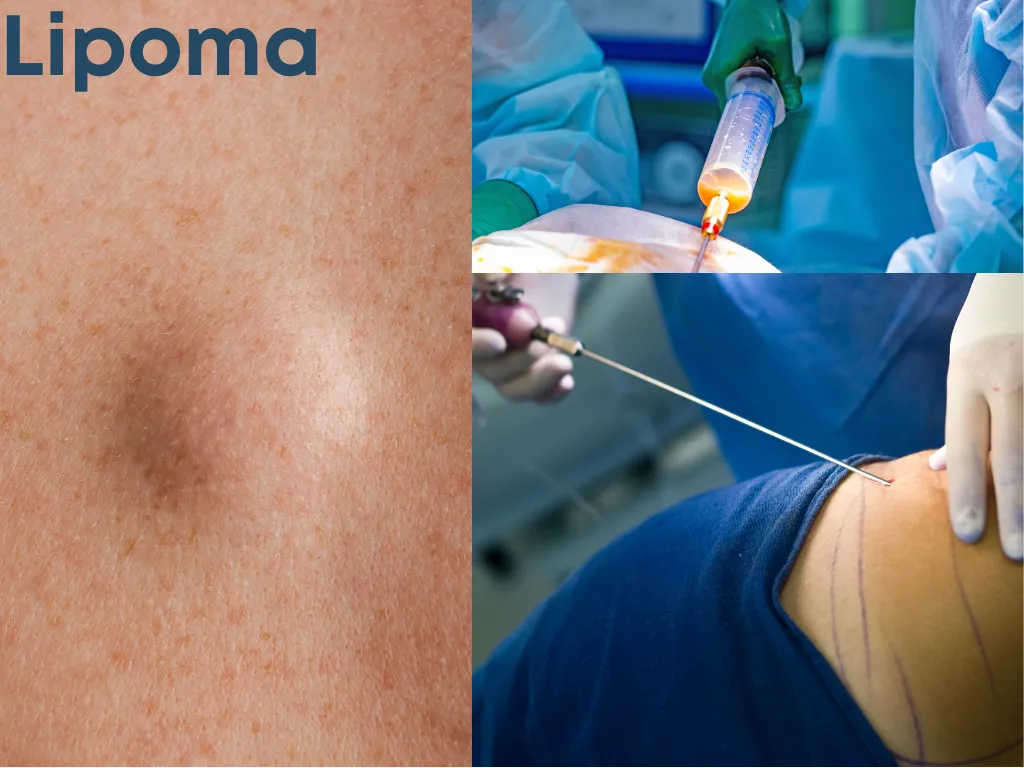Paediatric cancer or Blastoma
-
 Nalamaree Team
Nalamaree Team
- 17 November 2024
Overview
Pediatric cancer, also known as childhood cancer, refers to cancers that occur in children and adolescents. These cancers can affect various parts of the body, including the blood, bones, brain, and organs. Pediatric cancers are generally rare compared to cancers in adults, but they remain a significant health concern due to their impact on young lives.
Blastoma is a term used to describe certain types of pediatric cancers that originate from immature or developing cells. Examples of blastomas include neuroblastoma (a cancer that develops from immature nerve cells), retinoblastoma (a cancer of the eye), and nephroblastoma or Wilms tumor (a cancer of the kidney).
Causes
Symptoms
Treatment: Modern Medicine
Treatment: Traditional Medicine
Caution

